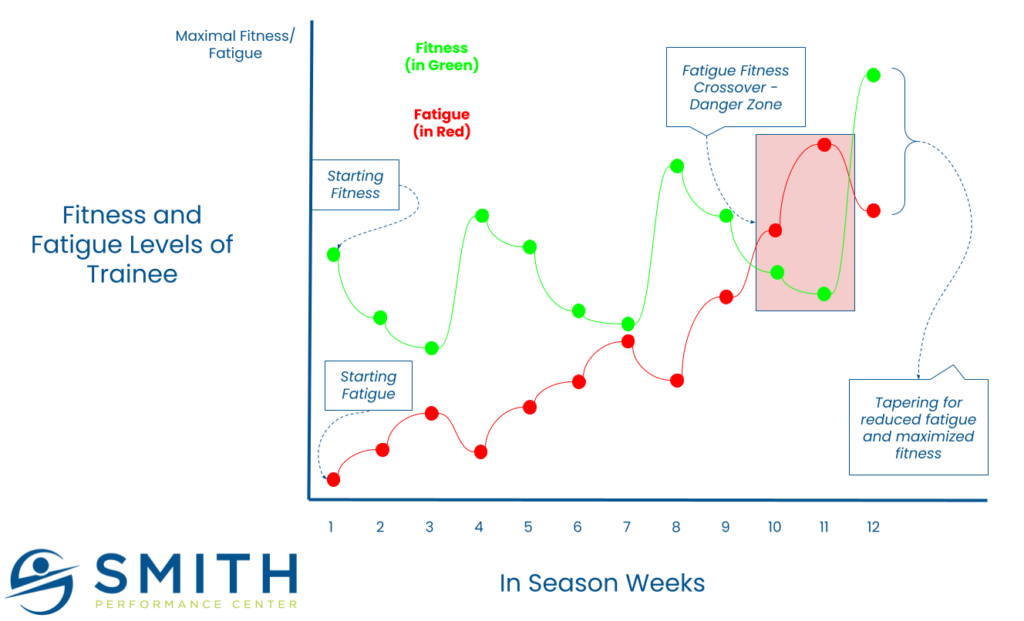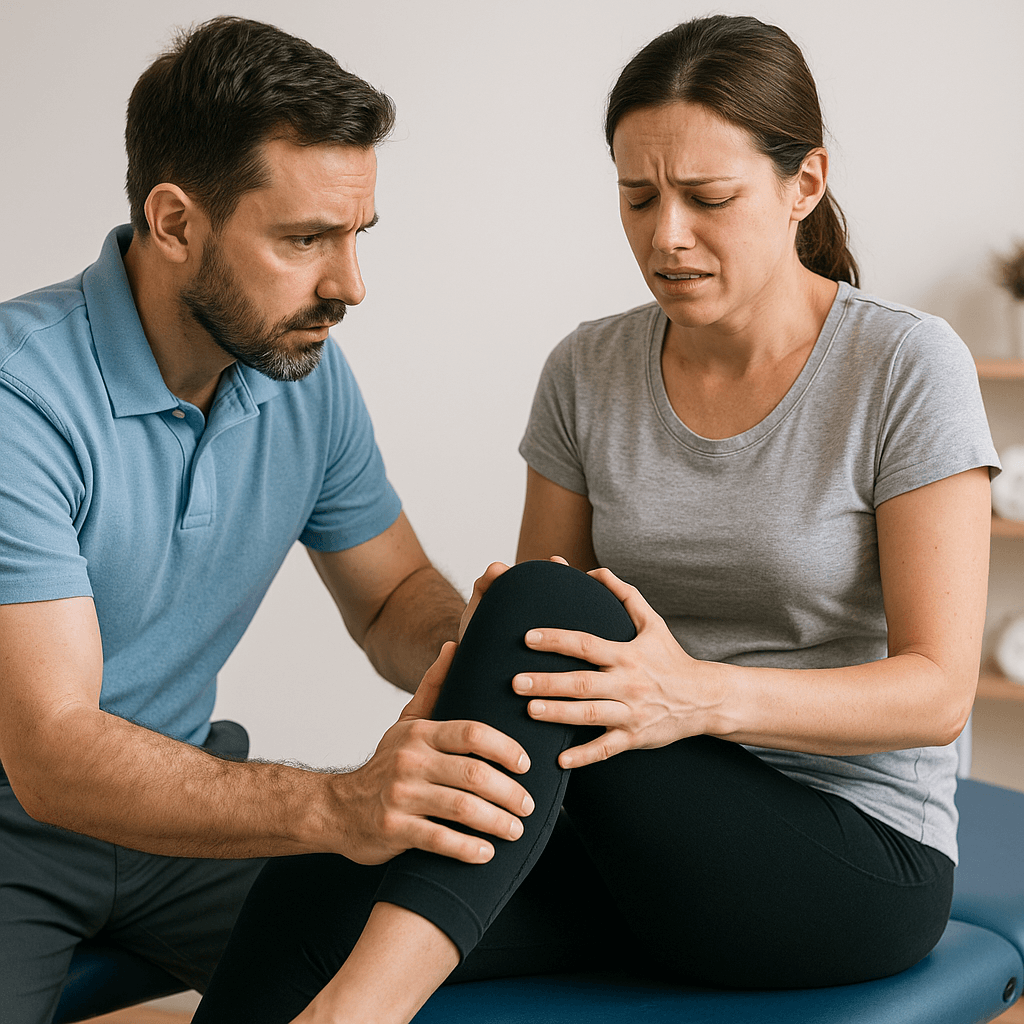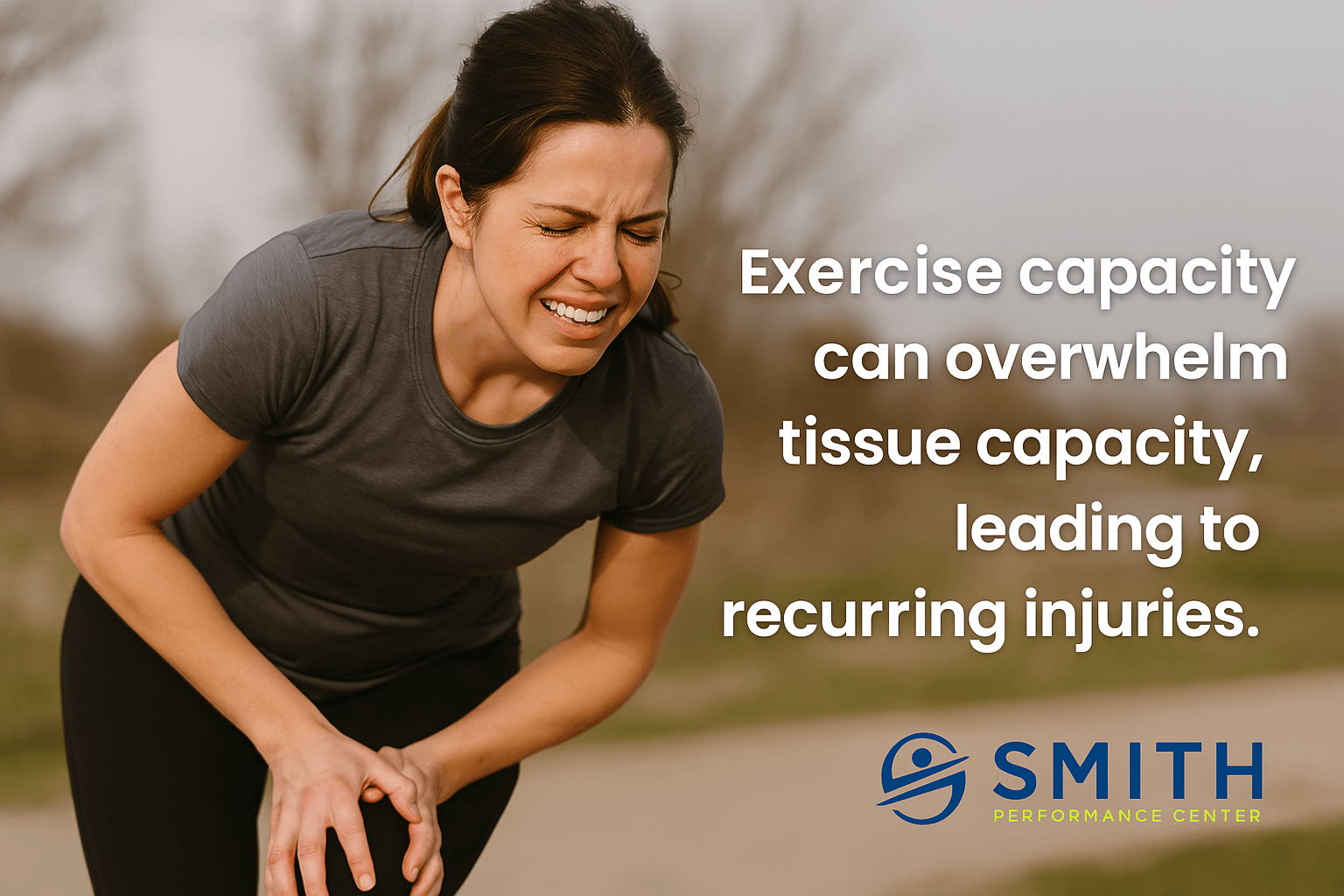Welcome to an
Inside Look At The SPC System
At SPC, our primary focus is guiding individuals with pain and injury to an active and fulfilling lifestyle. Over time, many patients have faced prolonged challenges due to a lack of understanding regarding the rehabilitation process.
This guide serves as a resource, not only for our current patients but also for those seeking insight beyond our clinic. It aims to clarify pivotal phases crucial for points in the rehabilitation journey.
We believe understanding these phases is fundamental in comprehending one’s problem, defining goals for each phase, and regaining mastery over pain or injury.

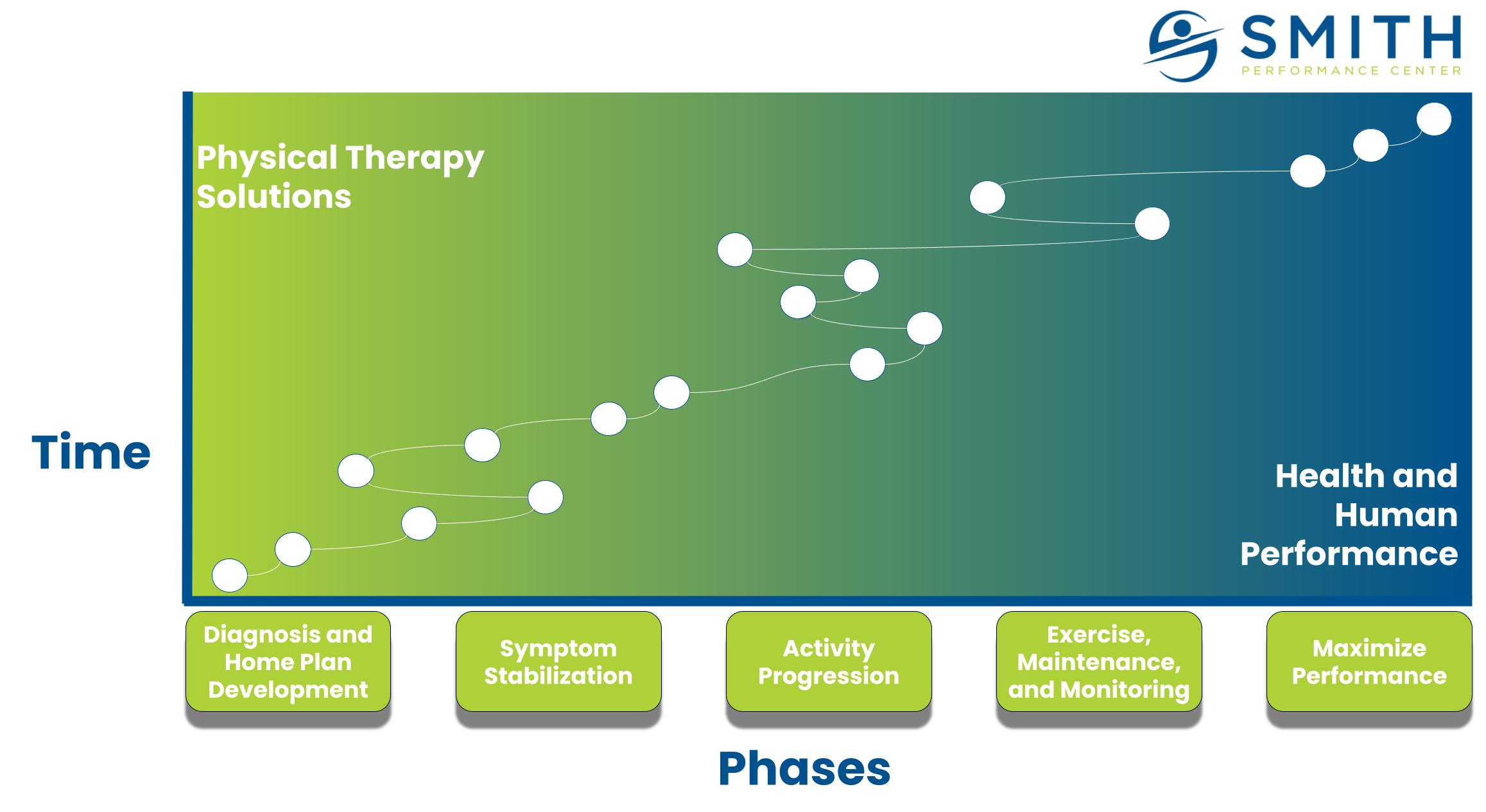
System Based Rehab And Exercise
The inconsistency in the quality of physical therapy and strength training across clinicians, coaches, clinics, and gyms stems from various factors: the absence of an overarching clinical process, inadequate management, diverse payment models, variations in clinical skill sets, individualized training methods, flawed programming, and a lack of collaborative teamwork. These forces contribute to varying levels of performance and outcomes.
At our core, we firmly believe that the most effective approach for optimal outcomes involves a systematic, team-based methodology. The absence of such a systematic approach stands as a primary hurdle in achieving success in healthcare and exercise.
- What are the phases at Smith Performance Center?
- Four Reasons Why Patient Forms Help Improve Your Care During Your Rehab Process
- 5 Rehab Mistakes and How to Solve Them
- The 5 Big Problems Facing Clients with Pain and Injury Who Want to Get Back to an Active Lifestyle
- What are the 3 major issues in physical therapy and exercise?
- Total Knee Case Study: Why You Need A Structured Rehab Process
- Triathlon Injury Rehab: How SPC Phases Prevent Setbacks
#1. Diagnosis And Home Plan Development
Without a clear diagnosis, determining the most effective path forward is guesswork. The intricate nature of our bodies means there’s no built-in manual for understanding your problem. When you have pain with normal activities, a systematic process becomes essential to formulating, confirming, and initiating a rehab plan.
Critical to this process is not only establishing a diagnosis but also witnessing a positive response to treatment based on that diagnosis. Any absence in either aspect can severely impede the effectiveness of rehabilitation right from the start.
- Steps To Develop A Diagnosis In Physical Therapy
- Why You May Struggle To Get A Diagnosis And The Right Treatment At Physical Therapy
- How to Find the Real Cause of Pain: Our 4-Pillar Diagnosis Process
- The 5 Patient Responses That Should Impact Your Physical Therapist’s Strategy
- 5 Treatment Options to Reduce Knee Pain without Surgery, Injections, or Drugs
- Trigger Management: Why physical therapy exercises are not enough to get you better?
- 7 Signs Your Heel Pain Is Not Coming From Your Plantar Fascia
- When and where you feel foot pain during walking is key for diagnosis
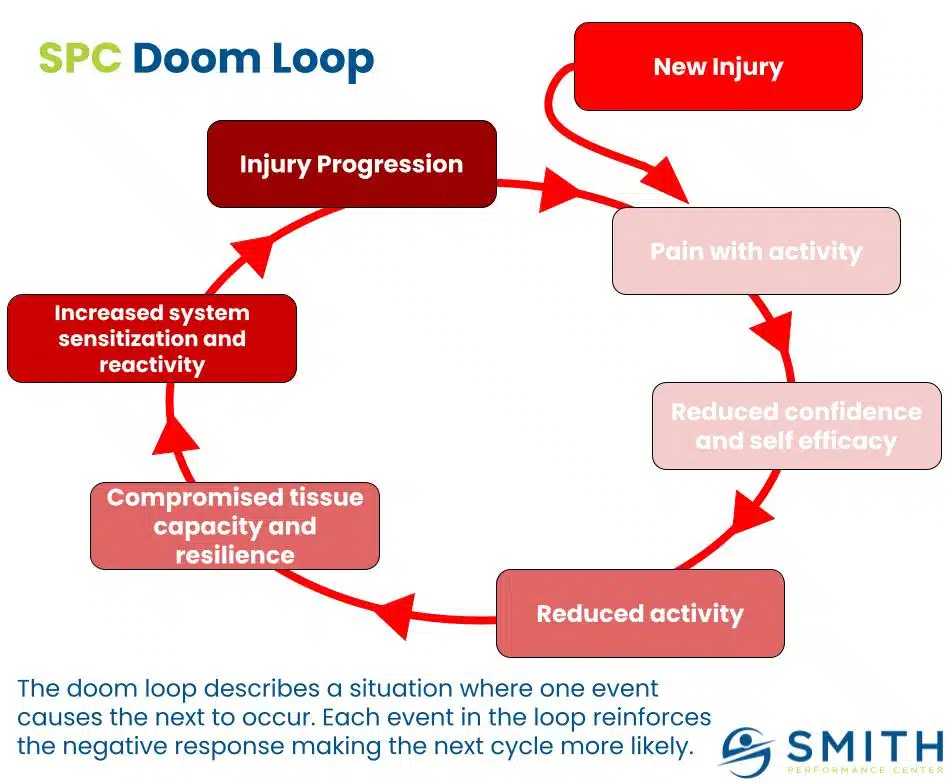
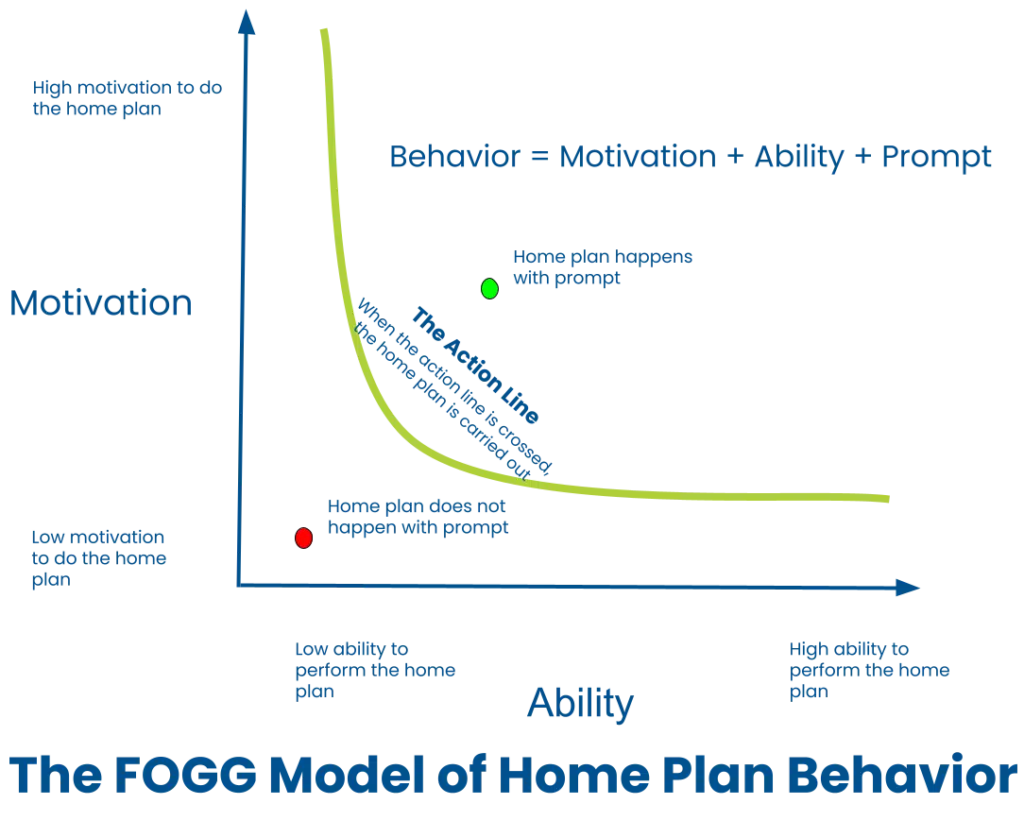
#2. Symptom Stabilization
Success in rehabilitation hinges on mastering the tools to manage pain, symptoms, and impairments. A diagnosis alone isn’t sufficient; it’s how you utilize that knowledge to address the diagnosed problem that truly counts. Empowering yourself for self-management becomes pivotal in the second phase. This is when you learn to stabilize symptoms and take over the problem. Without this ability, dependence on medication or professional assistance might persist, given the risk of symptom recurrence where your response plays a crucial role.
We also identify the contributing factors exacerbating pain and prolonging injuries. Without the ability to self-manage and target contributing factors, you never own the problem. Self-empowerment is key to taking control during rehabilitation, stabilizing symptoms, and assuming responsibility for your recovery.
By addressing contributing factors and mastering self-management, you take ownership of your healing process. You are ensure a more effective and lasting rehabilitation journey.
- The 7 Home Plan Mistakes Ruining Your Progress in Physical Therapy
- The Key Reasons Why the Home Plan Is Vital for Success in Physical Therapy
- The 5 Components of Invisible Triggers That Cause Your Rehab Progress to Stall
- 7 Tools to overcome invisible triggers stalling your rehab progress
- 4 Ways Individuals With Heel Pain Can Make Their Pain Go Away
- 5 Contributors To Your Running Form That You May Be Missing
#3. Activity Progression
Activity Progression, a pivotal phase in rehabilitation, often becomes the primary stumbling block in the recovery journey.
Many individuals mistakenly believe they’ve surpassed the critical stage and inadvertently violate the rehab standard. This violation entails overloading the injured tissue by exercising at intensities beyond its safe threshold.
Despite this common pitfall, numerous tools are available to navigate the Activity Progression phase adeptly, minimizing the likelihood of setbacks and ensuring a smoother recovery trajectory.
- From Pain to Progress: Building an Exercise Habit After Injury
- Understanding and Managing Flare-Ups During Rehabilitation
- Tissue Capacity vs. Exercise Capacity: Why Most People Miss the Mark
- The 6 Functional Exercises Tested During a Movement Assessment
- The 8 Reasons All HHP Clients Go Through a Movement Assessment
- The Most Useful Tools for Progressing Your Workouts After an Injury
- The 7 Tissues to Consider When Progressing Activity After Physical Therapy
- The Injury Types That Are Mismanaged During Activity Progression
- The 4 Primary Goals In Strength Training When Struggling With An Injury or Pain
- The Unique Training Variables Used By Our Team To Improve Workout Success
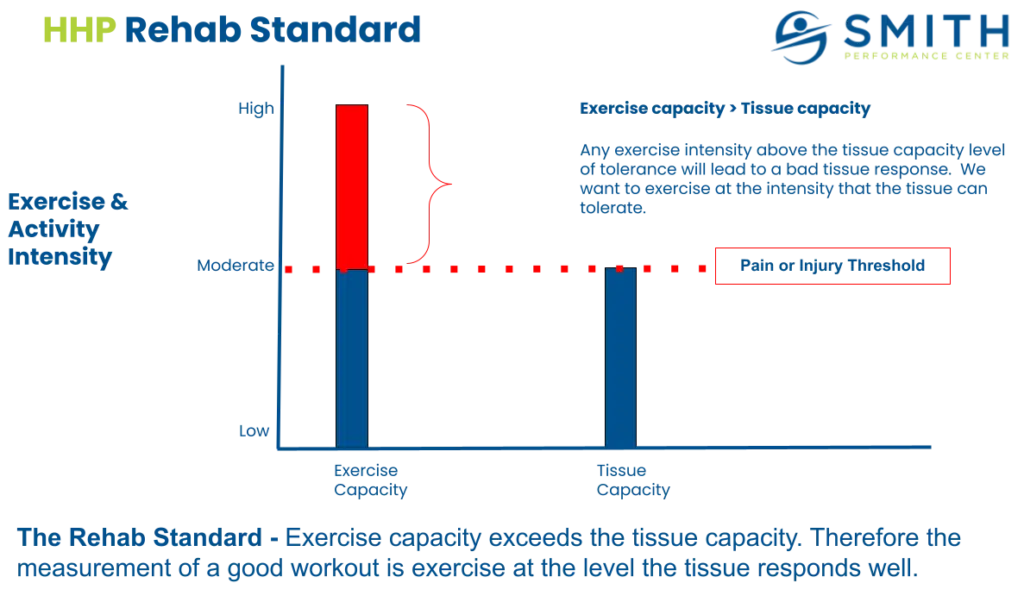
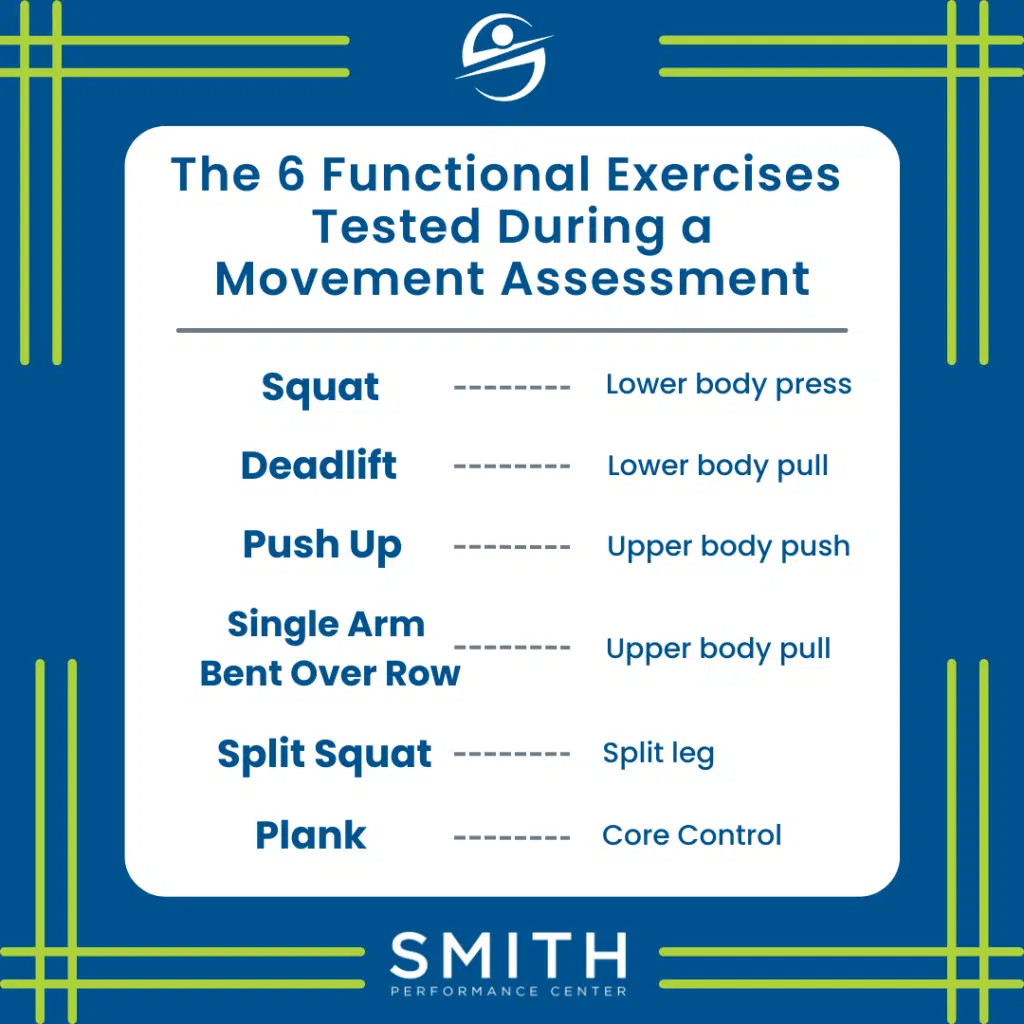
#4. Exercise, Monitoring, and Management
Exercise is paramount for a healthy life, yet maintaining consistency is a challenge. What complicates matters further is that the most common reason people abandon exercise routines is due to pain or injury.
However, this is just the beginning of the barriers.
In this phase, our emphasis is on cultivating an exercise routine tailored to your needs, fostering the habit of consistent exercise, and promptly addressing anything that impedes your ability to engage in physical activity.
- Unlocking Your Health Potential: The SPC Phase Concept of Exercise, Maintenance and Monitoring
- The Principle of Progression in Strength Training
- The 5 Common Modifiable Variables For Programming A Great Workout and Program
- Optimizing Your Strength Training: Understanding the Importance of Deload Weeks At Smith Performance Center
- Optimizing Your Strength Training: The Role of Open Clinics at Smith Performance Center
- 11 Reasons Personal Training With Our Strength Coaches Is The Right Choice For You
- The 4 Reasons Exercise is Hard to Start and Maintain
#5. Maxmize Performance
Maximizing your performance means pushing your body to achieve new levels of fitness and capability. However, reaching these heights often involves higher loads and stresses, which can increase the risk of injury, overtraining, and maladaptations if not managed carefully.
A well-crafted plan is essential to balance these challenges, ensuring that your training drives progress while minimizing setbacks and maintaining long-term health.
